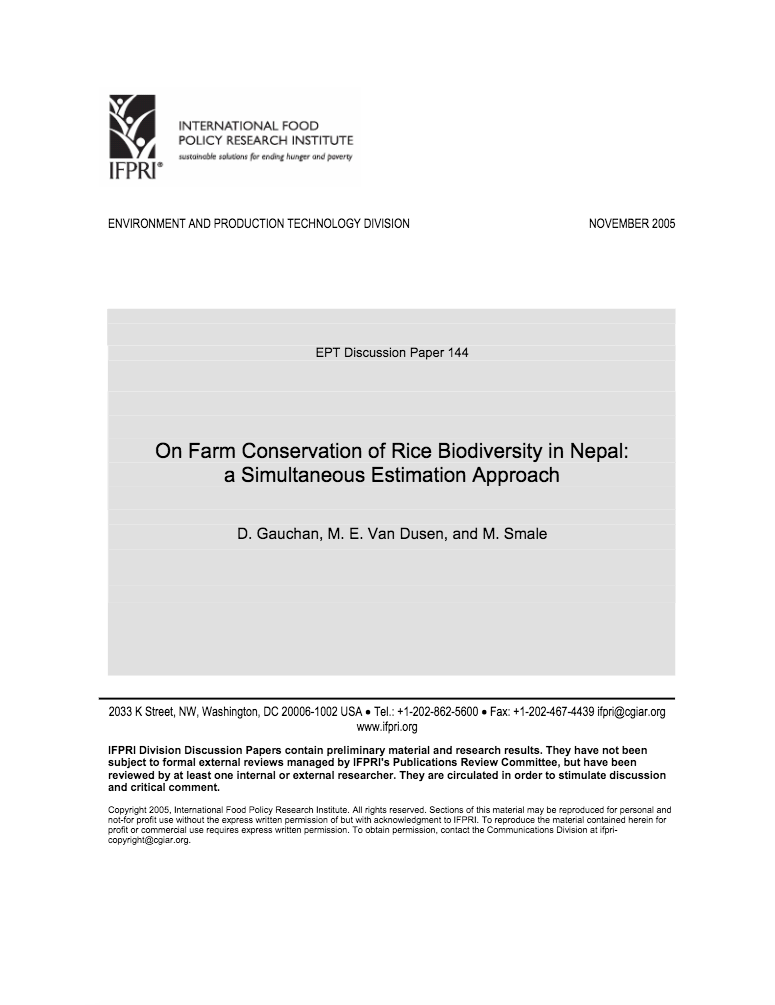Welthunger-Index 2014: Herausforderung verborgener Hunger
Ein Jahr bevor die Frist zur Erreichung der Millenniums-Entwicklungsziele im Jahr 2015 abläuft, bietet der Welthunger-Index (WHI) einen facettenreichen Überblick über die Verbreitung des Hungers und trägt neue Erkenntnisse darüber in die weltweite Debatte, wie Hunger und Mangelernährung verringert werden können. Betrachtet man die Entwicklungsländer als Gruppe, so hat sich die Hungersituation dort seit 1990 verbessert. Dem WHI 2014 zufolge ist seitdem ein Rückgang um 39 Prozent zu verzeichnen.
Welthunger-Index 2014: Herausforderung verborgener Hunger
Ein Jahr bevor die Frist zur Erreichung der Millenniums-Entwicklungsziele im Jahr 2015 abläuft, bietet der Welthunger-Index (WHI) einen facettenreichen Überblick über die Verbreitung des Hungers und trägt neue Erkenntnisse darüber in die weltweite Debatte, wie Hunger und Mangelernährung verringert werden können. Betrachtet man die Entwicklungsländer als Gruppe, so hat sich die Hungersituation dort seit 1990 verbessert. Dem WHI 2014 zufolge ist seitdem ein Rückgang um 39 Prozent zu verzeichnen.
Indice Globale della Fame 2014: la sfida della fame nascosta
A un anno dalla scadenza per il raggiungimento degli Obiettivi di Sviluppo del Millennio, fissata nel 2015, l’Indice Globale della Fame 2014 offre una prospettiva articolata del problema della fame nel mondo, che porta nuovi spunti al dibattito mondiale rispetto a dove concentrare gli sforzi nella lotta contro la fame e la malnutrizione. Secondo il GHI 2014, lo stato della fame nei Paesi in via di sviluppo è complessivamente migliorato in confronto al 1990, con un calo del 39%.
2013 Indice globale della fame : La sfida della fame : Sviluppare la resilienza delle comunità per la sicurezza alimentare e nutrizionale
Nel 2012 la tempesta tropicale Isaac e l’uragano Sandy hanno martoriato Haiti, danneggiando i raccolti, facendo straripare i fiumi, allagando le strade e bloccando l’accesso alle comunità. Mentre i prezzi alimentari aumentavano e i debiti crescevano, gli haitiani poveri hanno adottato misure estreme. Alcuni sono emigrati. Altri hanno resistito riducendo il numero di pasti al giorno e svendendo le proprie terre o il bestiame. Ogni estate, gli haitiani temono lo scatenarsi della furia degli elementi.
Land rights knowledge and conservation in rural Ethiopia: Mind the gender gap
Using the 2009 round of the Ethiopian Rural Household Survey, this paper examines the medium-term impact of the land registration on investment behavior by households, particularly the adoption of soil conservation techniques and tree planting. It investigates whether men’s and women’s knowledge of their property rights under the land registration (as measured by answers to a list of questions regarding the provisions of the registration, covering such areas as tenure security, land transfer rights, and rights related to gender equity and inheritance) has an impact on these investments.
2013 Global hunger index : The challenge of hunger : Building resilience to achieve food and nutrition security
The 2013 Global Hunger Index (GHI), which reflects data from the period 2008-2012, shows that global hunger has improved since 1990, falling by one-third. Despite the progress made, the level of hunger in the world remains “serious,” with 870 million people going hungry, according to estimates by the Food and Agriculture Organization of the United Nations.Across regions and countries, GHI scores vary considerably. South Asia and Africa south of the Sahara are home to the highest GHI scores.
On farm conservation of rice biodiversity in Nepal: a simultaneous estimation approach
"This paper presents an empirical case study about farmer management of rice genetic resources in two communities of Nepal, drawing on interdisciplinary, participatory research that involved farmers, rice geneticists, and social scientists. The decision-making process of farm households is modeled and estimated in order to provide information for the design of community-based conservation programs.
L’Indice de la faim dans le monde 2014: Le défi de la faim invisible
Alors qu’il ne reste plus qu’une année avant la date d’échéance de la réalisation des Objectifs du Millénaire pour le développement, l’Indice de la faim dans le monde 2014 (GHI) offre une analyse multidimensionnelle de la faim et présente de nouvelles données permettant d’alimenter le débat mondial sur la question de savoir où concentrer les efforts dans la lutte contre la faim et la malnutrition. Selon le GHI 2014, les niveaux de faim dans les pays en développement pris dans leur ensemble se sont améliorés depuis 1990, diminuant de 39%.
Assessing the economic benefits of sustainable land management practices in Bhutan
This study was conducted with the objective of determining the returns to sustainable land management (SLM) at the national level in Bhutan. The study first uses satellite data on land change (Landsat) to examine land use change in 1990–2010 and its impact on sediment loading in hydroelectric power plants. The study then uses the Soil and Water Assessment Tool (SWAT) model to analyze the impact of land use change and land management on sediment loading. The results from the land use change and SWAT analyses are used to assess the economic benefits of SLM.
Democratic Republic of Congo
T he Democratic Republic of Congo (DRC) committed to the mitigation of the effects of climate change by signing the Kyoto Protocol for climate change and other related environmental management protocols. Since 1994, DRC has produced two national climate change communication documents (RDC, Ministère de l’Environnement, Conservation de la Nature, Eaux, et Forêts 2001; RDC, Ministère de l’Environnement, Conservation de la Nature et Tourisme 2009).
2014 Global hunger index: The challenge of hidden hunger
With one more year before the 2015 deadline for achieving the Millennium Development Goals, the 2014 Global Hunger Index report offers a multifaceted overview of global hunger that brings new insights to the global debate on where to focus efforts in the fight against hunger and malnutrition. The state of hunger in developing countries as a group has improved since 1990, falling by 39 percent, according to the 2014 GHI.












